How To Train For Climbing
Just climb more.
If you’re interested in getting better at climbing it’s likely that you’ve heard this advice before. It’s sounds pretty simple, but if you’ve advanced through the early grades and are no longer seeing the progress that you’re used to, there may be several reasons why.
We all come to climbing in different ways. Maybe we’re looking for a fun new way to exercise, maybe we were exposed through a group event, or maybe some friends were into it and they brought you along for your first time. Climbing ticks the boxes in all of these areas; it’s great exercise, it’s fun, and it’s social! Climbing is also a high skill activity that requires a great amount of strength and physical ability. As one moves from being a novice beginner to intermediate and possibly advanced climber, a shift in approach is required in order to both improve your climbing, and mitigate your risk of injury.
The physical stresses on the body involved in climbing at a high level are unique amongst most other forms of sport and exercise. This is evidenced by the relatively high incidence of pulley and other finger injuries that we see in climbers that we just don’t see in other athletic populations.
When first bitten by the bug, many climbers will climb 3-5 days per week for hours at a time with relatively few major injuries. We’ve all experienced the forearm pump and maybe some mild muscle soreness after sessions or weeks like this, but most of these aches and pains resolve on their own and are not representative of more serious injury. This pace of activity is probably sustainable for the first 10-18 months of your climbing journey depending on how hard you’re pushing yourself, but beyond that time frame without a more specific and measured approach, your chances of injury and burning out of the sport rise dramatically.
Why is this?
You’ll start climbing harder routes and problems with smaller holds, more severe overhangs, and more complex movements. Technique becomes much more important. If we’re still climbing with bent elbows and overgripping, our elbow pain that used to resolve after a day or two starts to linger for weeks or months. If we’re not warming up properly and jumping right into limit bouldering on overhung crimpy problems three sessions in a row, our finger soreness is much more noticeable the next day. This is when we have to change our mental approach from climbing for exercise, fun, and socializing, to climbing for longer term success in the sport.
Another common approach for beginner climbers that persists into intermediate climbing is the drive for every climbing session to be better than the last. To send more and harder boulders today than you did yesterday, and heaven forbid you try to repeat a hard boulder, fail to top and have to “unsend it”! The hold selection on low grade problems and fitness limits of beginner climbers likely limits somewhat their ability to achieve the volume of stress required to cause injury in the fingers. This is not the case in intermediate to advanced climbers. If you’re flashing 4’s, onsighting 11’s and projecting 6’s and 12’s then it’s time to focus more on strength, power, endurance and technique.
If you’ve been climbing injury free for decades at a high level, congratulations- and can you write a blog post for us? If not, and the above sounds like you, and you’re interested in moving from fun social climbing to training for climbing (it’s still fun!), then take a course with a coach, access the wealth of online resources out there on the topic, or come and visit us at Corona Station Physical Therapy for an individualized Climbing Performance Assessment.
Keep your eye out for future blogs on learning theory and how that translates to climbing skill acquisition, strengthening for climbing, power development for climbing, and programming on wall and off wall training for climbing.
Until next time, have fun, stay injury free, and send on send days!
Written by Ehryn Crane, BScPT, FCAMPT, Dry Needling Certified




